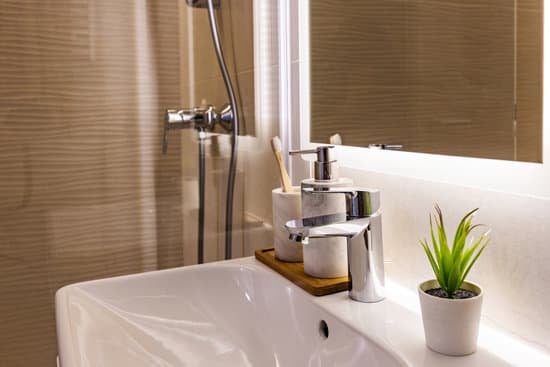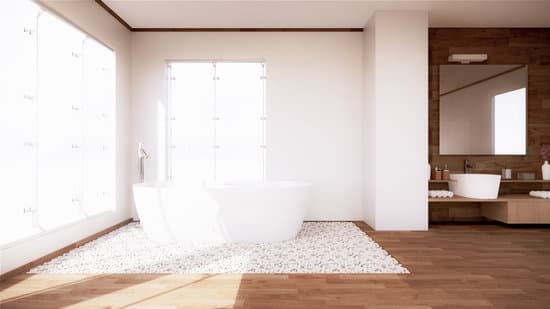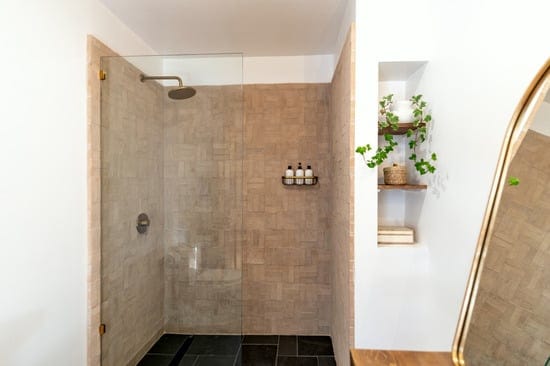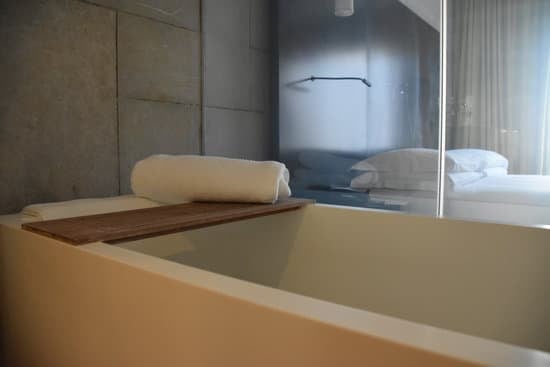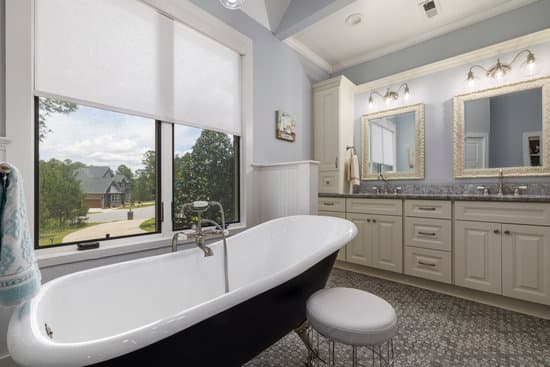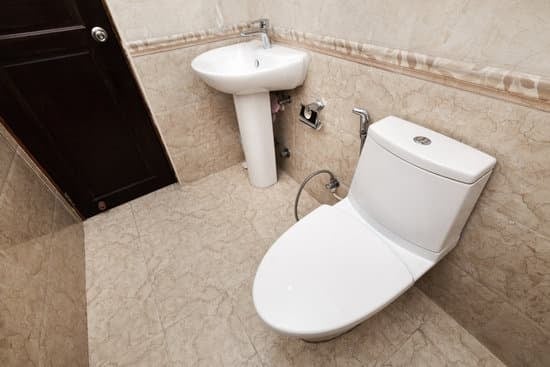Are you tired of your bathroom fan making too much noise and disturbing the peace in your home? In this article, we will guide you on how to make your bathroom fan quieter. With simple steps like cleaning and lubricating the fan, installing a soundproofing cover, or upgrading to a quieter model, you can enjoy a more peaceful and relaxing bathroom experience. We’ll also show you how to add insulation around the fan and adjust its speed or timer for maximum comfort. Let’s get started!
Cleaning and Lubricating the Fan
To make your bathroom fan quieter, you should start by cleaning and lubricating it. Regular maintenance is crucial to keep your fan running smoothly and quietly. Begin by turning off the power at the circuit breaker before starting any work. First, remove the cover and carefully clean away any dust or debris using a soft brush or vacuum cleaner. Next, inspect the fan blades for any signs of damage or wear. If necessary, replace them to ensure optimal performance. Additionally, troubleshoot motor noise by checking for loose screws or mounts that may be causing vibrations. Tighten any loose components and consider adding rubber pads between the mounting brackets and ceiling to reduce noise transmission. Finally, lubricate the motor bearings with a few drops of lightweight oil to minimize friction and noise. Remember to follow these steps with caution to ensure safety throughout the process.
Installing a Soundproofing Cover
First, you’ll want to install a cover that helps reduce noise. Here are four steps to follow for installing a soundproofing cover and achieving a quieter bathroom fan:
- Choose the right cover: Look for covers specifically designed for noise reduction solutions. These covers are usually made of materials that absorb sound and minimize vibrations.
- Measure and cut: Carefully measure the dimensions of your bathroom fan and use those measurements to cut the cover material accordingly. Make sure to leave enough space for proper ventilation.
- Install the cover: Attach the cover securely over the fan using screws or clips provided with the product. Ensure it fits tightly without any gaps or loose areas.
- Use acoustic dampening techniques: Consider adding additional layers of sound-absorbing materials inside the cover if needed, such as foam insulation or mass-loaded vinyl sheets.
By following these steps, you can effectively reduce noise from your bathroom fan using an installed soundproofing cover while maintaining safety standards in your home.
Upgrading to a Quieter Fan Model
Upgrading to a quieter fan model can significantly reduce noise levels in your bathroom. Not only will this create a more peaceful and relaxing atmosphere, but it can also provide added safety benefits. When upgrading your bathroom fan, consider models that have been specifically designed for quiet operation. Look for features such as noise-reducing technology and insulated housing to minimize sound output. Additionally, take the opportunity to upgrade your bathroom lighting as well. Installing energy-efficient LED lights can not only improve visibility but also contribute to a quieter environment by eliminating the need for noisy traditional light fixtures. To further enhance tranquility in your bathroom, you might also consider using essential oil diffusers to create a soothing scent that promotes relaxation while masking any remaining noise from the fan or other sources.
Adding Insulation around the Fan
Adding insulation around the fan can significantly reduce noise levels in your bathroom. Here are three noise reduction techniques using insulation efficiency that will help make your bathroom fan quieter:
- Insulate the ductwork: By adding insulation to the ductwork connected to your bathroom fan, you can prevent sound from traveling through the walls and ceilings, reducing overall noise levels.
- Install an insulated backdraft damper: A backdraft damper with insulation helps block outside noises from entering your bathroom through the exhaust vent, providing additional noise reduction.
- Use acoustic foam panels: Placing acoustic foam panels on the walls surrounding the fan can absorb sound waves and minimize echo, resulting in a quieter environment.
By implementing these techniques, you can enjoy a more peaceful and relaxing experience in your bathroom while maintaining safety standards. Remember to consult a professional if needed to ensure proper installation and effectiveness of these noise reduction methods.
Adjusting the Fan Speed or Timer
Adjusting the fan speed or timer can help create a more comfortable and customized environment in your bathroom. If your current fan is too loud, you may consider replacing the fan blades with quieter ones. Look for blades specifically designed to reduce noise while still maintaining efficiency. Additionally, you could explore the option of using noise cancelling technology in your fan. This technology works by emitting sound waves that counteract and cancel out unwanted noises, resulting in a quieter fan operation. Before making any changes, ensure that you follow proper safety precautions such as turning off the power before handling any electrical components. By adjusting the fan speed or timer and utilizing noise cancelling technology, you can enjoy a quieter and more peaceful bathroom experience.
Conclusion
So there you have it, a few simple yet effective ways to make your bathroom fan quieter. By cleaning and lubricating the fan, installing a soundproofing cover, upgrading to a quieter model, adding insulation around the fan, or adjusting the fan speed or timer, you can significantly reduce noise levels in your bathroom. Take action today and enjoy a more peaceful and relaxing bathroom experience.

